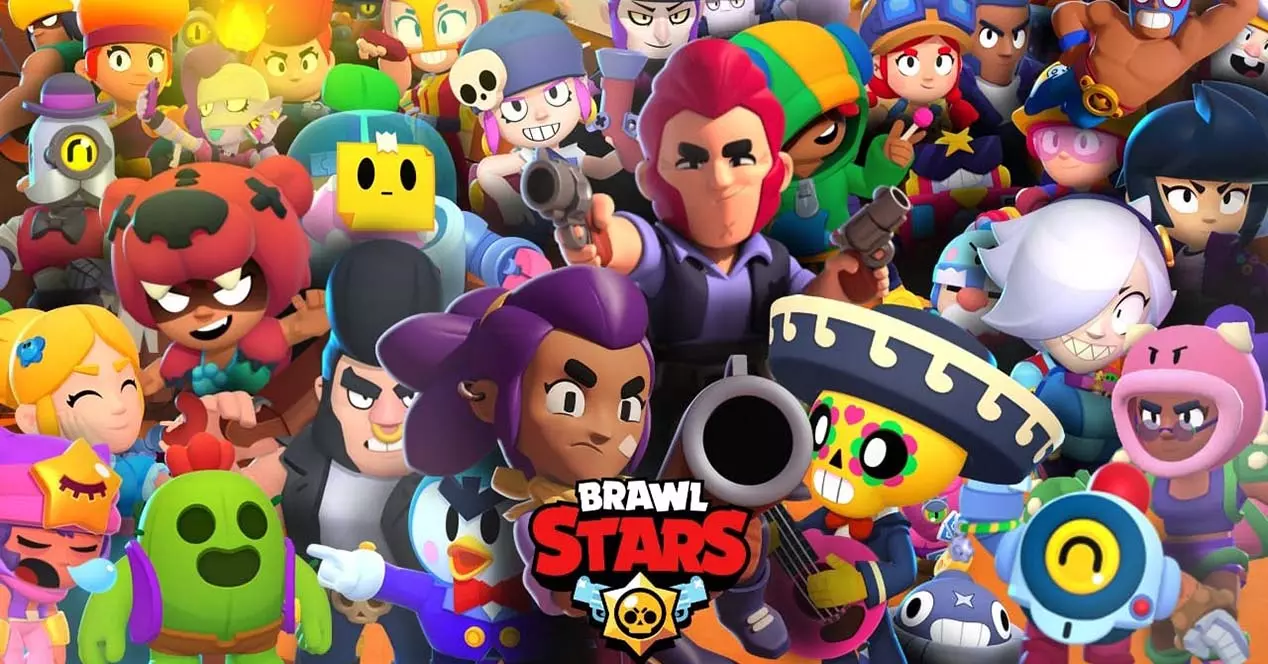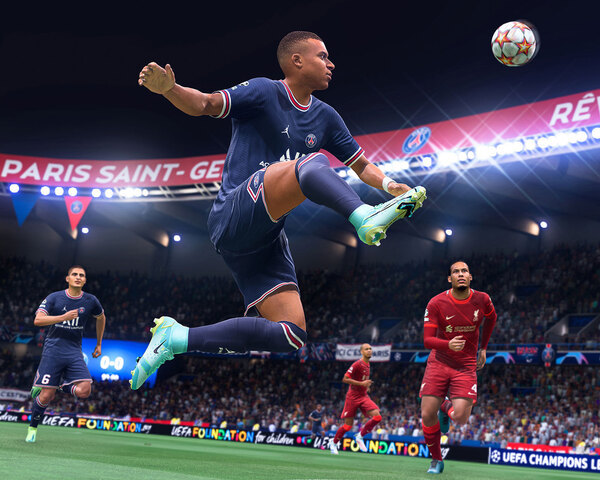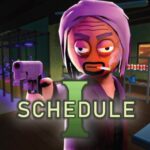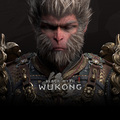Advertisement
Popular Now
Introduction
In League of Legends, many players focus heavily on their micro skills-like last-hitting minions, landing skill shots, or executing perfect combos. While these are crucial, macro play is often the difference between climbing the ranks or being stuck in lower tiers. Macro play refers to the big-picture decisions like when to take objectives, rotating efficiently, and understanding map pressure. This article will guide you through improving your macro play, helping you control the game and win more matches.
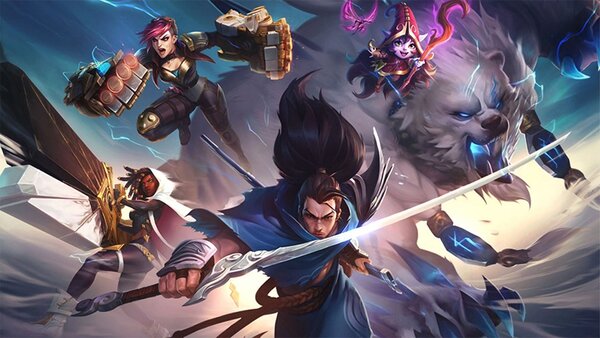 The Summoner’s Rift map is split into three lanes and the jungle, with key objectives like towers, dragons, and Baron Nashor scattered throughout[/caption]
Map awareness is crucial for decision-making. Objectives like dragons and the Rift Herald provide buffs that can turn the tide of the game, while pushing towers opens up the map and allows for deeper vision control. Knowing when to take these objectives-and when to let them go-is a critical macro skill.
The Summoner’s Rift map is split into three lanes and the jungle, with key objectives like towers, dragons, and Baron Nashor scattered throughout[/caption]
Map awareness is crucial for decision-making. Objectives like dragons and the Rift Herald provide buffs that can turn the tide of the game, while pushing towers opens up the map and allows for deeper vision control. Knowing when to take these objectives-and when to let them go-is a critical macro skill.
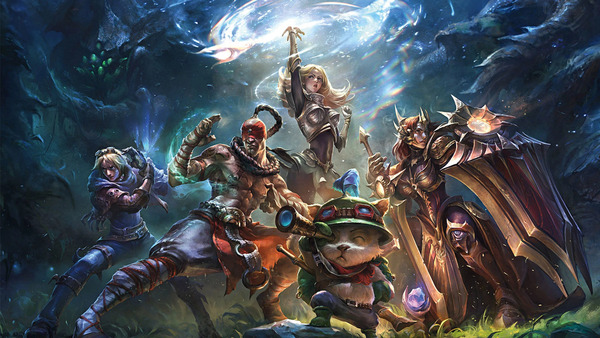 Macro play requires excellent map awareness and vision control[/caption]
Risks of Split Pushing
Split pushing is risky. If done incorrectly, the split pusher can be caught out and killed, giving the enemy team a numbers advantage. Always ensure you have proper vision and know where the enemy team is before committing to a split push.
Macro play requires excellent map awareness and vision control[/caption]
Risks of Split Pushing
Split pushing is risky. If done incorrectly, the split pusher can be caught out and killed, giving the enemy team a numbers advantage. Always ensure you have proper vision and know where the enemy team is before committing to a split push.
 If you’re behind, prioritize farming, avoiding risky fights, and controlling vision defensively[/caption]
Conclusion
Improving your macro play in League of Legends requires deep map awareness, smart rotations, and efficient objective control. By focusing on vision, wave management, and timing your power spikes, you’ll not only climb in ranks but also dominate games. Mastering these strategies will help you become a better team player and give you an edge over your opponents.
If you’re behind, prioritize farming, avoiding risky fights, and controlling vision defensively[/caption]
Conclusion
Improving your macro play in League of Legends requires deep map awareness, smart rotations, and efficient objective control. By focusing on vision, wave management, and timing your power spikes, you’ll not only climb in ranks but also dominate games. Mastering these strategies will help you become a better team player and give you an edge over your opponents.
Understanding the Map and Objectives
The Summoner’s Rift map is split into three lanes and the jungle, with key objectives like towers, dragons, and Baron Nashor scattered throughout. Understanding the importance of these objectives is the first step toward improving your macro play. [caption id="attachment_1644" align="aligncenter" width="600"] The Summoner’s Rift map is split into three lanes and the jungle, with key objectives like towers, dragons, and Baron Nashor scattered throughout[/caption]
Map awareness is crucial for decision-making. Objectives like dragons and the Rift Herald provide buffs that can turn the tide of the game, while pushing towers opens up the map and allows for deeper vision control. Knowing when to take these objectives-and when to let them go-is a critical macro skill.
The Summoner’s Rift map is split into three lanes and the jungle, with key objectives like towers, dragons, and Baron Nashor scattered throughout[/caption]
Map awareness is crucial for decision-making. Objectives like dragons and the Rift Herald provide buffs that can turn the tide of the game, while pushing towers opens up the map and allows for deeper vision control. Knowing when to take these objectives-and when to let them go-is a critical macro skill.
Prioritizing Objectives Over Kills
Many players are drawn into skirmishes, but in reality, kills are less important than objectives. If your team gets a few kills but fails to take a tower or dragon, you haven’t maximized your advantage. To improve your macro play, focus on taking objectives rather than chasing kills. If you win a team fight, immediately look to take the nearest dragon, Baron, or turret. Objectives provide lasting advantages, while kills alone only provide gold. A good macro player will know when to rotate from a fight to an objective to snowball the game.Understanding Wave Management
Wave management is one of the most important aspects of macro play. Knowing how to manipulate minion waves can give you control of the map, force the enemy team to respond, and create pressure in key areas. There are three main wave management techniques: freezing, slow pushing, and fast pushing. Freezing a wave near your tower denies your opponent farm and keeps you safe from ganks. Slow pushing a wave builds up a large group of minions that can overwhelm towers, while fast pushing clears the wave quickly, allowing you to rotate to other areas of the map.Rotating Efficiently Between Lanes
Efficient rotation between lanes is crucial to success in League of Legends. Staying in one lane for too long without helping your team can put you behind in gold and map pressure. As soon as you clear a wave, look for opportunities to rotate to other lanes, assist in ganks, or help take objectives. When to Rotate Knowing when to rotate is a key part of macro play. If your opponent in lane is pushing hard or teleporting to other lanes, you need to decide whether to follow or push your lane to punish them. Rotations should be made with a goal in mind, such as securing a kill, helping with an objective, or applying pressure on the map. Timing Your Rotations Timing is everything. Rotating too early might leave your lane vulnerable, while rotating too late could mean missing out on key kills or objectives. Make sure your wave is in a favorable position before rotating, and always keep an eye on your team's needs.Understanding Vision Control and Map Awareness
Macro play requires excellent map awareness and vision control. Placing wards in strategic locations, like the enemy jungle or near objectives, gives your team information that can prevent ganks and help you secure objectives safely. Key Ward Locations Some of the best ward locations include near dragon, Baron, and in the enemy jungle. These provide critical information about the enemy team’s movements and allow you to make informed decisions. Sweeping the enemy’s vision and maintaining your own is key to map control. The Power of Vision Denial Control Wards and Sweepers allow you to deny the enemy team vision. Removing their wards before important objectives, like Baron or Dragon, gives your team a major advantage in controlling those areas. Good vision denial leads to better objective control and easier ambushes.Split Pushing to Apply Pressure
Split pushing is an advanced macro strategy that involves sending one strong champion to push a lane alone, while the rest of the team applies pressure elsewhere on the map. This forces the enemy team to respond, often pulling resources away from objectives like Baron or Dragon. When to Split Push Champions with good wave clear or high mobility are ideal for split pushing. Champions like Fiora, Tryndamere, and Jax excel in this role. Knowing when to split push depends on the game state-if your team is behind, split pushing can help apply pressure and give your team breathing room. [caption id="attachment_1645" align="aligncenter" width="600"] Macro play requires excellent map awareness and vision control[/caption]
Risks of Split Pushing
Split pushing is risky. If done incorrectly, the split pusher can be caught out and killed, giving the enemy team a numbers advantage. Always ensure you have proper vision and know where the enemy team is before committing to a split push.
Macro play requires excellent map awareness and vision control[/caption]
Risks of Split Pushing
Split pushing is risky. If done incorrectly, the split pusher can be caught out and killed, giving the enemy team a numbers advantage. Always ensure you have proper vision and know where the enemy team is before committing to a split push.
Playing Around Power Spikes
Understanding your champion’s power spikes is crucial for macro play. Power spikes are moments when a champion becomes significantly stronger, typically after leveling up an ability or completing a core item. Identifying Power Spikes Each champion has different power spikes. For example, champions like Yasuo become stronger after completing their Infinity Edge, while others like Riven spike after getting their Black Cleaver. Knowing when your champion hits these spikes allows you to take more aggressive actions and push for objectives. Team Power Spikes It’s also important to understand team-wide power spikes. If your team composition is better suited for the late game, play passively until your champions reach their potential. On the flip side, if your team is strong in the early game, play aggressively to take advantage of your power spike.Understanding Map Pressure
Map pressure refers to controlling areas of the map to limit the enemy team's movements and force them into uncomfortable situations. Good macro players know how to apply pressure to objectives, lanes, and jungle camps to keep the enemy team on the back foot. Pressure Through Objectives Applying pressure doesn’t just mean getting kills-it means forcing the enemy to respond to waves or objectives. By constantly pushing minion waves into enemy towers or threatening objectives like Dragon, you force the enemy team to react, giving your team more control. Jungle Pressure Controlling the enemy’s jungle camps also applies pressure. Invading the enemy jungle, taking camps, and stealing buffs deprives the enemy jungler of gold and experience, making it harder for them to gank or help in fights.Making the Most of Baron and Elder Dragon Buffs
Baron Nashor and Elder Dragon are the most important late-game objectives. Securing these buffs can often guarantee a victory if used correctly. When to Take Baron or Elder Timing when to take these objectives is critical. Don’t rush Baron or Elder Dragon without vision or the numbers advantage, as it can easily turn into a disaster. Securing kills or forcing the enemy team to reset can open up opportunities to safely take these objectives. How to Use the Buffs Once secured, Baron Buff should be used to push lanes and siege towers. Elder Dragon gives your team increased combat power, which is best utilized to engage in team fights or push for game-ending objectives. Always coordinate with your team to maximize the effectiveness of these buffs.Adapting Your Macro Play Based on the Game State
Macro play isn’t static. It’s important to adapt based on the game state-whether your team is ahead, even, or behind. When Ahead If you’re ahead, focus on taking objectives and applying constant pressure to keep the enemy team on the defensive. Push waves, secure vision, and control key areas like Baron and Dragon to choke the enemy out of the game. When Behind If you’re behind, prioritize farming, avoiding risky fights, and controlling vision defensively. Look for opportunities to capitalize on enemy mistakes or secure objectives while they’re distracted. [caption id="attachment_1646" align="aligncenter" width="600"] If you’re behind, prioritize farming, avoiding risky fights, and controlling vision defensively[/caption]
Conclusion
Improving your macro play in League of Legends requires deep map awareness, smart rotations, and efficient objective control. By focusing on vision, wave management, and timing your power spikes, you’ll not only climb in ranks but also dominate games. Mastering these strategies will help you become a better team player and give you an edge over your opponents.
If you’re behind, prioritize farming, avoiding risky fights, and controlling vision defensively[/caption]
Conclusion
Improving your macro play in League of Legends requires deep map awareness, smart rotations, and efficient objective control. By focusing on vision, wave management, and timing your power spikes, you’ll not only climb in ranks but also dominate games. Mastering these strategies will help you become a better team player and give you an edge over your opponents. 









